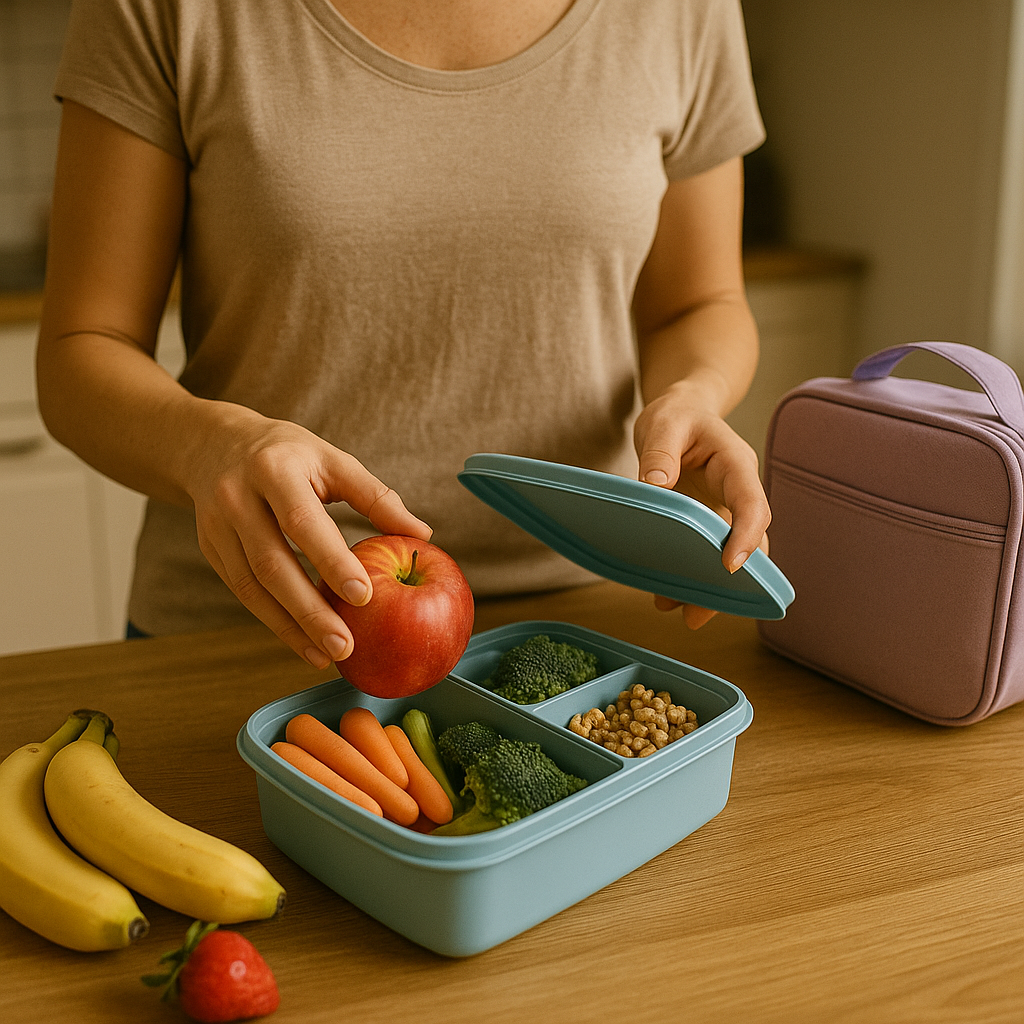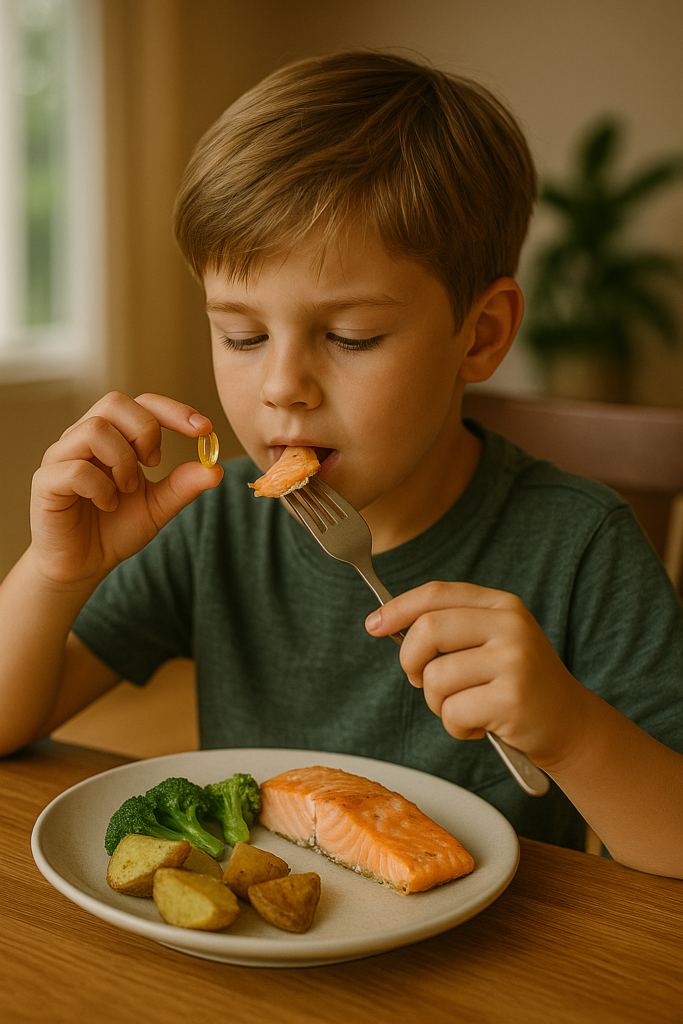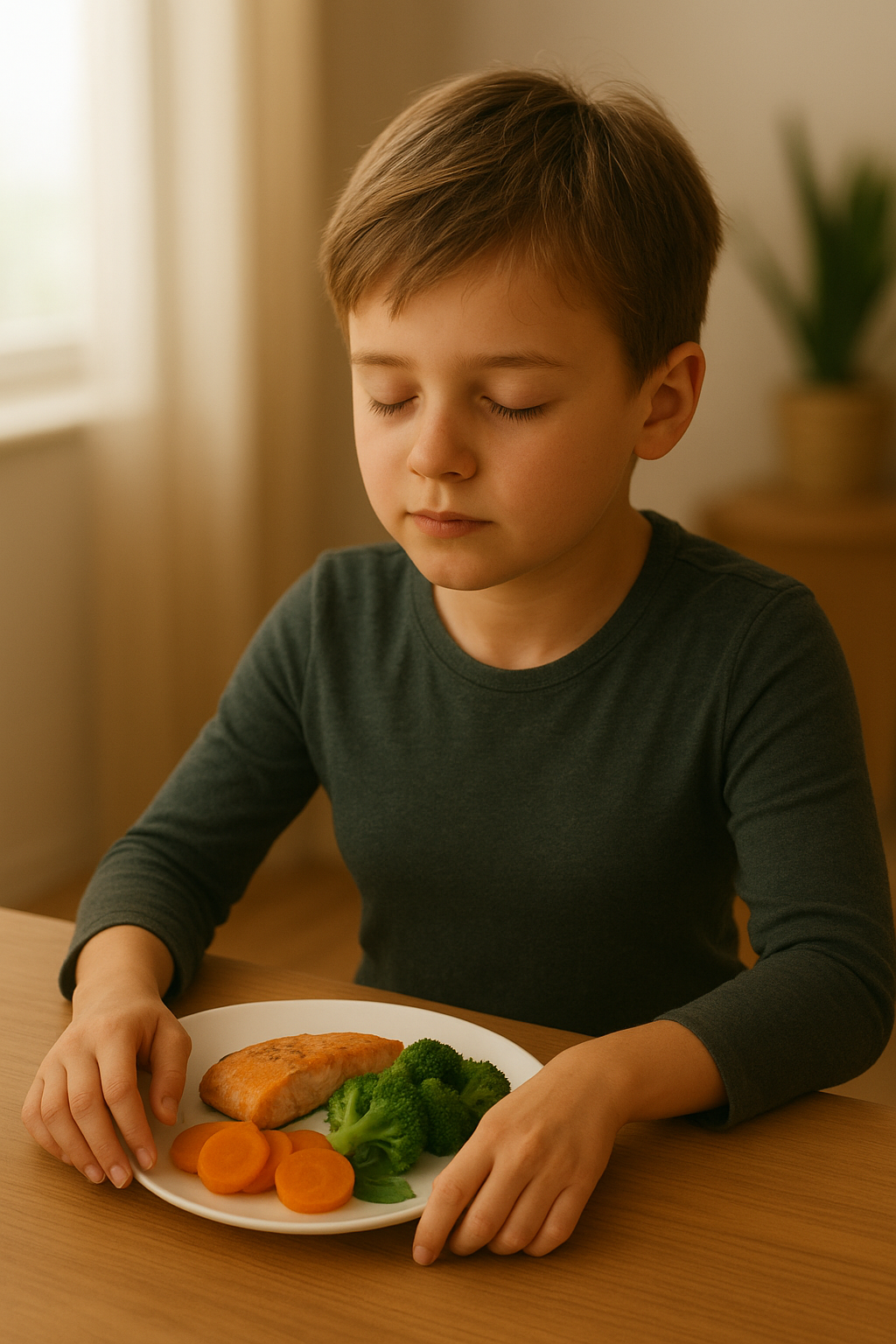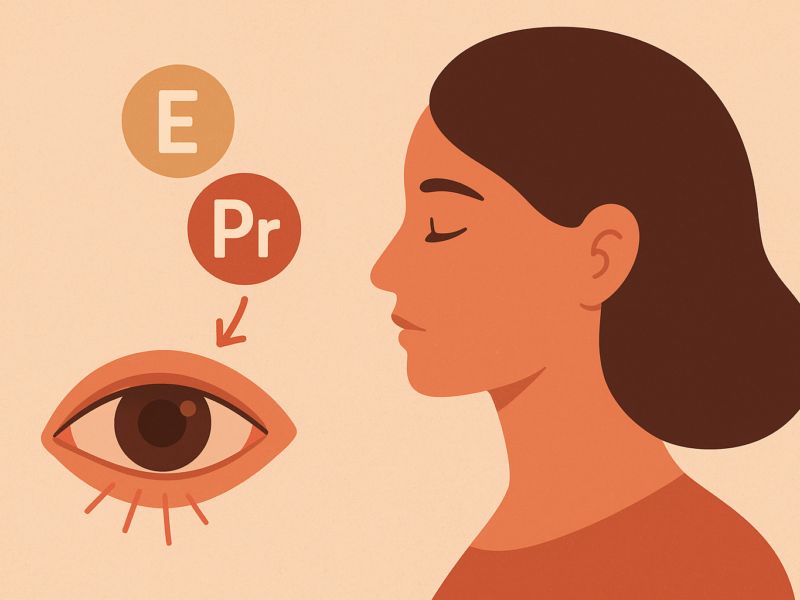🧠 Introduction
In today’s world, children are spending more time indoors, staring at screens, and consuming processed foods than ever before. While genetics and screen exposure certainly affect vision, nutrition plays one of the most critical roles in eye health and development — especially during childhood.
Deficiencies in key nutrients like vitamin A, zinc, lutein, and omega-3 fatty acids can lead to serious issues such as dry eyes, poor night vision, myopia progression, and even long-term retinal damage.
This comprehensive 4,000-word guide will help parents understand:
- How poor nutrition impacts eye development
- The most important nutrients for vision
- Common deficiency signs in kids
- The best foods to include in a child’s diet
- Expert prevention and lifestyle tips
🍎 1. Why Nutrition Matters for Children’s Eye Health
Children’s eyes develop rapidly during the first 10–12 years of life. Proper nutrition ensures:
- Healthy visual acuity (sharpness)
- Protection from oxidative damage (caused by blue light and UV exposure)
- Optimal tear production and corneal function
- Balanced retinal development
A poor diet — high in sugar, low in fruits, vegetables, and omega-3s — deprives the eyes of essential nutrients and antioxidants that prevent early degeneration and strain.

🧩 2. The Science Behind Nutrition and Vision
Each part of the eye depends on specific nutrients to function properly. For example:
- The cornea (outermost layer) relies on vitamin A to stay moist.
- The retina (light-sensing tissue) requires omega-3 fatty acids and zinc.
- Macula, responsible for central vision, is protected by lutein and zeaxanthin.
When these nutrients are missing, the eye’s natural defense systems weaken — increasing susceptibility to dryness, inflammation, and even permanent damage over time.
🥕 3. Key Vitamins and Nutrients for Healthy Eyes in Kids
1. Vitamin A
- Role: Maintains corneal health and supports night vision.
- Deficiency Symptoms: Dry eyes, poor night vision, recurrent eye infections.
- Foods: Carrots, sweet potatoes, spinach, kale, eggs, liver.
2. Lutein and Zeaxanthin
- Role: Protect against harmful blue light and oxidative stress.
- Foods: Leafy greens (kale, collard greens), corn, and egg yolks.
3. Vitamin C & E
- Role: Powerful antioxidants that prevent free radical damage in the retina.
- Foods: Oranges, bell peppers, kiwi, almonds, sunflower seeds.
4. Omega-3 Fatty Acids (DHA & EPA)
- Role: Support retinal development, prevent dry eyes, and improve focus.
- Foods: Salmon, sardines, chia seeds, flaxseed oil.
5. Zinc
- Role: Helps vitamin A reach the retina; essential for night vision.
- Foods: Meat, seafood, pumpkin seeds, beans.
💡 Did You Know?
Children with low DHA (a form of omega-3) show slower visual processing speed — which can affect reading and concentration in school.
⚠️ 4. Signs of Nutrition Deficiency Affecting the Eyes
Parents often overlook subtle signs that signal poor nutrition and vision stress. Common symptoms include:
- Frequent eye rubbing or blinking
- Light sensitivity
- Dry or watery eyes
- Difficulty focusing during reading
- Complaints of blurry vision or headaches
- Poor night vision
- Slower learning performance
If these symptoms persist, an eye exam and a nutrition review are both essential.

🍽️ 5. The Role of Modern Diet and Screen Time
Today’s diets — often high in refined carbs, sugars, and processed foods — are creating silent nutritional crises among children.
At the same time, screen exposure has increased dramatically, further straining young eyes.
- Excessive blue light from screens increases oxidative stress.
- Low intake of omega-3 and lutein reduces natural eye protection.
- Poor hydration and lack of blinking cause dryness.
Combining these two factors creates a “perfect storm” for early-onset eye strain and myopia in kids.
🧃 6. Building the Perfect Diet for Kids’ Eye Health
A vision-friendly diet is simple but consistent. Parents should aim for a mix of:
| Food Group | Eye Health Nutrients | Examples |
|---|---|---|
| Leafy Greens | Lutein, Vitamin C | Spinach, kale, broccoli |
| Orange Veggies | Beta-carotene (Vit A) | Carrots, pumpkin, sweet potatoes |
| Fish & Seeds | Omega-3s | Salmon, sardines, chia seeds |
| Eggs | Lutein, Zinc | Boiled or scrambled eggs |
| Fruits | Vitamin C & E | Oranges, strawberries, blueberries |
💡 Tip: Pair vitamin-rich foods with healthy fats (like olive oil) to improve absorption.
🧠 7. Supplements: Are They Necessary?
Whole foods should always come first — but supplements can help picky eaters or children with dietary restrictions.
Look for formulas that include:
- Vitamin A (as beta-carotene)
- DHA (omega-3)
- Zinc
- Lutein and zeaxanthin
Always consult a pediatrician before giving any supplement.

👩⚕️ 8. Expert Prevention Tips
- Encourage at least 2 hours outdoors daily — sunlight supports eye growth and reduces myopia risk.
- Limit screen time to 2 hours a day (except for school work).
- Ensure 8–10 hours of quality sleep per night.
- Teach eye exercises and blinking awareness.
- Visit an optometrist yearly — early detection is key.
📚 9. Long-Term Impact of Nutrition on Vision
Studies show that poor nutrition during childhood doesn’t just affect immediate eyesight — it can influence long-term eye health and brain development.
Children with better nutrition tend to have:
- Stronger visual-motor coordination
- Lower risk of early-onset myopia
- Better academic focus and mood regulation
💬 FAQ Section
Q1: Can poor diet cause vision problems in children?
Yes. Lack of key vitamins like A, D, and omega-3 can lead to dry eyes, poor focus, and slower visual development.
Q2: What’s the best vitamin for kids’ eye health?
Vitamin A, lutein, and omega-3 DHA are most critical for developing eyes.
Q3: Can too much screen time worsen nutrition-related eye issues?
Absolutely — screens amplify oxidative stress, especially if the diet lacks antioxidants.
Q4: Are gummy vitamins good for vision?
Some are, but many contain more sugar than nutrients. Always check the label for real vitamin content.
Q5: How often should kids have an eye check-up?
At least once a year — earlier if symptoms like eye rubbing or headaches appear.
🧩 Conclusion
Healthy vision in children depends on more than just limiting screen time — it begins with proper nutrition.
A diet rich in vitamin A, omega-3s, lutein, zinc, and antioxidants not only supports visual development but also strengthens immunity, concentration, and overall well-being.
Parents who teach healthy eating habits early are giving their children the best possible gift: clear vision for life.



